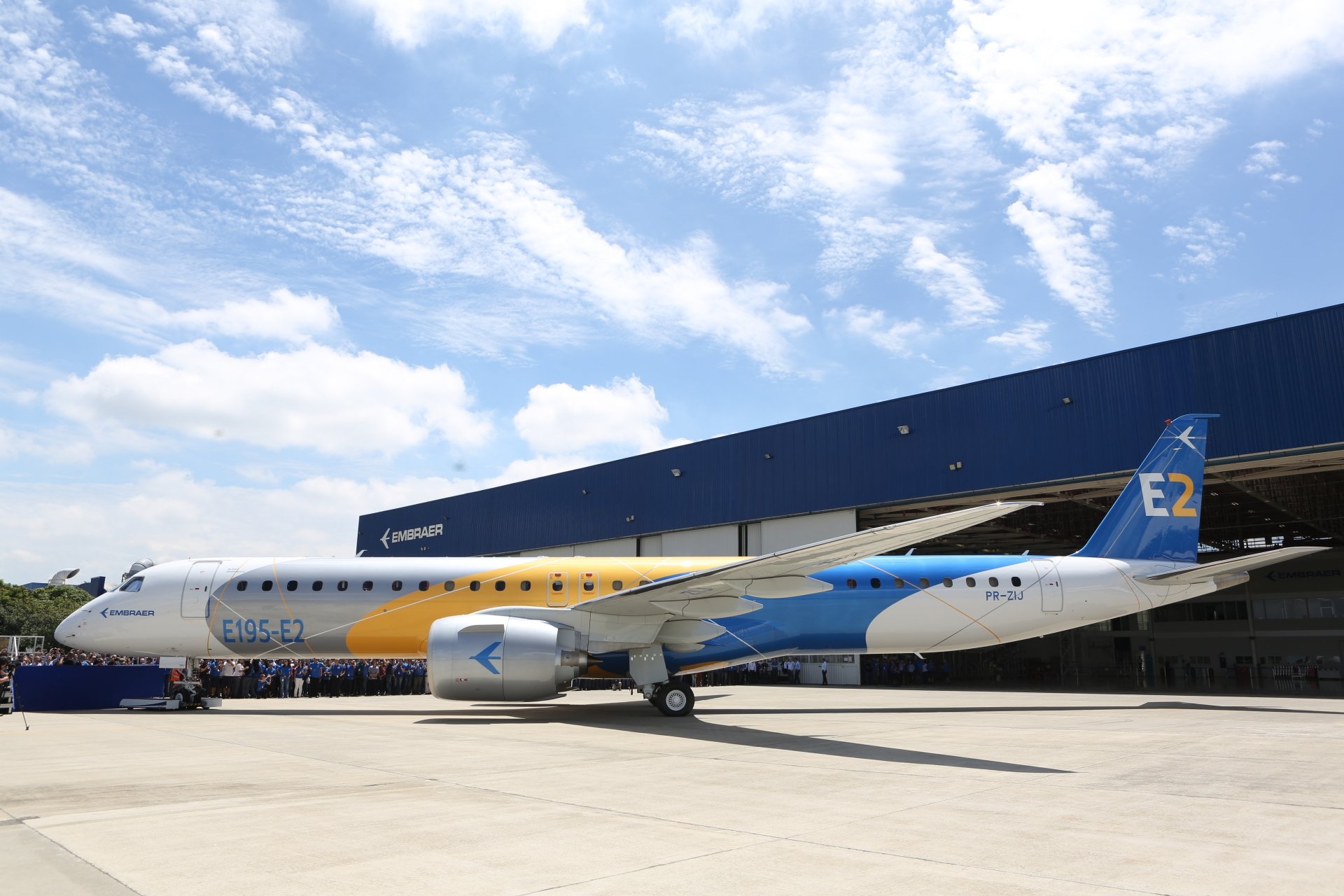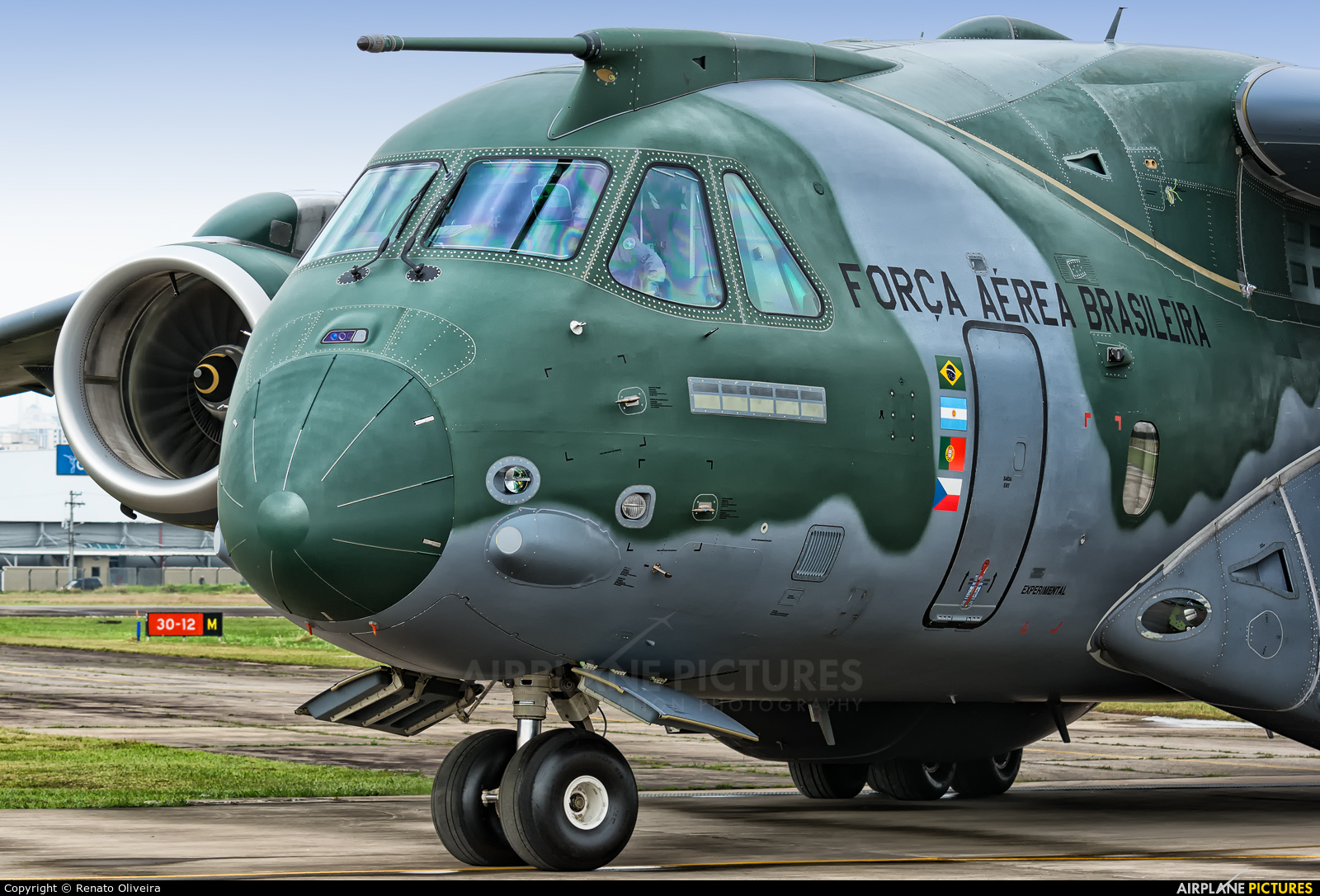Brazilian Aviation Industry

The Brazilian aviation industry has a rich history and plays a crucial role in the country’s economic and social development. It has experienced significant growth and transformation over the years, becoming a major player in the global aviation landscape.
History of the Brazilian Aviation Industry, Passenger plane brazil
The Brazilian aviation industry’s roots can be traced back to the early 20th century. In 1914, the first Brazilian airline, “Serviço Aéreo Postal,” was established, marking the beginning of commercial aviation in the country. During the 1930s and 1940s, the industry witnessed significant growth, fueled by the development of domestic routes and the expansion of air services.
- Early Milestones: The establishment of Varig in 1927 and the creation of the Brazilian Air Force in 1941 were key milestones in the development of the industry.
- Post-World War II: After World War II, the Brazilian aviation industry experienced rapid expansion, driven by the increasing demand for air travel and the development of new aircraft technologies.
- Nationalization and Expansion: In the 1960s, the Brazilian government nationalized several airlines, including Varig and Vasp, and focused on expanding domestic and international air services.
Current State of the Brazilian Aviation Industry
The Brazilian aviation industry is currently one of the largest and most dynamic in the world. It is characterized by a robust network of airlines, airports, and aircraft manufacturers.
- Major Airlines: The industry is dominated by several major airlines, including LATAM Airlines Brasil, GOL Linhas Aéreas Inteligentes, and Azul Brazilian Airlines, which operate extensive domestic and international networks.
- Aircraft Manufacturers: Brazil is also home to Embraer, a leading global aircraft manufacturer, which produces a wide range of commercial and military aircraft.
- Airports: The country has a vast network of airports, with major hubs located in São Paulo, Rio de Janeiro, and Brasília.
Challenges and Opportunities
The Brazilian aviation industry faces several challenges and opportunities.
- Challenges: The industry faces challenges such as high operating costs, competition from low-cost carriers, and infrastructure constraints.
- Opportunities: However, the industry also has significant opportunities for growth, driven by the expanding middle class, increasing tourism, and the development of new technologies.
Passenger Plane Routes and Destinations: Passenger Plane Brazil

Brazil’s passenger plane routes are a complex network connecting major cities within the country and reaching out to destinations across the globe. This intricate web of routes is driven by a combination of factors, including the demands of domestic and international travelers, the strategic operations of airlines, and the influence of tourism and business travel.
Domestic Routes and Destinations
The Brazilian domestic market is vast and diverse, with a wide array of routes catering to the needs of both leisure and business travelers. Here is a sample of major domestic routes served by Brazilian airlines:
| Airline | Route | Frequency | Aircraft Type |
|---|---|---|---|
| GOL Airlines | São Paulo (GRU) to Rio de Janeiro (GIG) | Multiple daily flights | Boeing 737 |
| LATAM Airlines Brasil | Rio de Janeiro (GIG) to Brasília (BSB) | Multiple daily flights | Airbus A320 |
| Azul Brazilian Airlines | São Paulo (GRU) to Salvador (SSA) | Multiple daily flights | Embraer E195 |
| LATAM Airlines Brasil | Brasília (BSB) to Fortaleza (FOR) | Multiple daily flights | Airbus A320 |
| GOL Airlines | São Paulo (GRU) to Belo Horizonte (CNF) | Multiple daily flights | Boeing 737 |
International Routes and Destinations
Brazilian airlines connect Brazil to numerous international destinations, serving both North and South America, Europe, and Asia. Here is a sample of major international routes served by Brazilian airlines:
| Airline | Route | Frequency | Aircraft Type |
|---|---|---|---|
| LATAM Airlines Brasil | São Paulo (GRU) to Miami (MIA) | Multiple daily flights | Boeing 767 |
| GOL Airlines | Rio de Janeiro (GIG) to Orlando (MCO) | Multiple daily flights | Boeing 737 MAX |
| Azul Brazilian Airlines | Fortaleza (FOR) to Lisbon (LIS) | Daily flights | Airbus A330 |
| LATAM Airlines Brasil | São Paulo (GRU) to Paris (CDG) | Multiple daily flights | Airbus A350 |
| GOL Airlines | Rio de Janeiro (GIG) to Amsterdam (AMS) | Daily flights | Boeing 787 |
Tourism and Business Travel
The popularity of various destinations for Brazilian passengers is influenced by a combination of factors, including tourism, business travel, and cultural connections.
* Tourism: Brazil’s stunning beaches, vibrant cities, and rich cultural heritage attract tourists from all over the world. Popular tourist destinations for Brazilian travelers include:
* International Destinations: Orlando (Florida, USA), Miami (Florida, USA), Lisbon (Portugal), Paris (France), and London (England).
* Domestic Destinations: Rio de Janeiro, Salvador, Fortaleza, Natal, and Florianópolis.
* Business Travel: Brazil’s growing economy has led to a significant increase in business travel. Popular business destinations for Brazilian travelers include:
* International Destinations: New York City (USA), London (England), Madrid (Spain), and Frankfurt (Germany).
* Domestic Destinations: São Paulo, Rio de Janeiro, Brasília, Belo Horizonte, and Porto Alegre.
“The Brazilian airline industry has witnessed significant growth in recent years, driven by the expansion of tourism and business travel.”
Passenger Plane Safety and Security

Traveling by air is generally considered a safe mode of transportation, and Brazil is no exception. The country has stringent regulations and procedures in place to ensure the safety and security of passengers and crew members.
Safety Regulations and Procedures
Brazil’s National Civil Aviation Agency (ANAC) is responsible for overseeing the safety of the country’s aviation industry. The agency sets rigorous safety standards for airlines, aircraft, and airports. These standards are aligned with international best practices, such as those established by the International Civil Aviation Organization (ICAO).
ANAC conducts regular audits and inspections to ensure compliance with safety regulations. Airlines are required to maintain a high level of safety, including:
- Performing regular maintenance on their aircraft.
- Training pilots and crew members to the highest standards.
- Implementing robust safety management systems.
Safety Record of Brazilian Airlines
Brazilian airlines have a good safety record, comparable to international standards. The International Air Transport Association (IATA) compiles data on aviation safety worldwide, and Brazilian airlines generally perform well in terms of safety performance. The country’s major airlines have consistently maintained a high level of safety, and serious incidents are rare.
Security Measures at Brazilian Airports
Security is a top priority at Brazilian airports. The country has implemented a comprehensive system of security measures to prevent terrorism and other threats. These measures include:
- Passenger screening, including the use of metal detectors and X-ray machines.
- Baggage screening to detect prohibited items.
- Enhanced security measures at airports, such as increased police presence and surveillance.
Passenger plane brazil – The vast expanse of the Brazilian sky, a canvas for the journey of a passenger plane, evokes a sense of boundless possibility. Yet, just as the plane navigates its course, so too do we navigate the complexities of our world, often encountering unexpected turbulence.
A glimpse into the world of Trump press conferences reminds us of the unpredictability of human interaction, where words can soar like eagles or crash like thunder. But like the passenger plane, we must remain steadfast in our pursuit of understanding and progress, even amidst the storm.
The vast skies above Brazil, a canvas for the journeys of countless passenger planes, echo with stories of ambition and hope. Much like the spirit of robert f kennedy jr , who championed causes with unwavering conviction, these planes carry dreams across the continent.
As they soar above the Amazon rainforest, they symbolize the boundless potential of the human spirit, just as Robert Kennedy Jr. exemplified the power of a single voice to ignite change.
